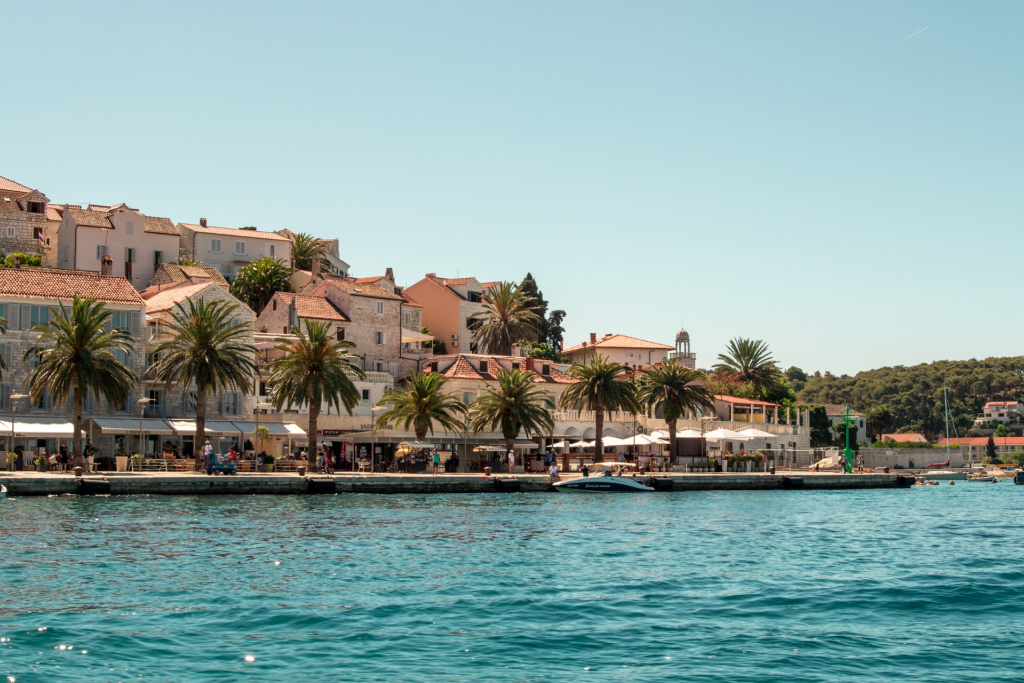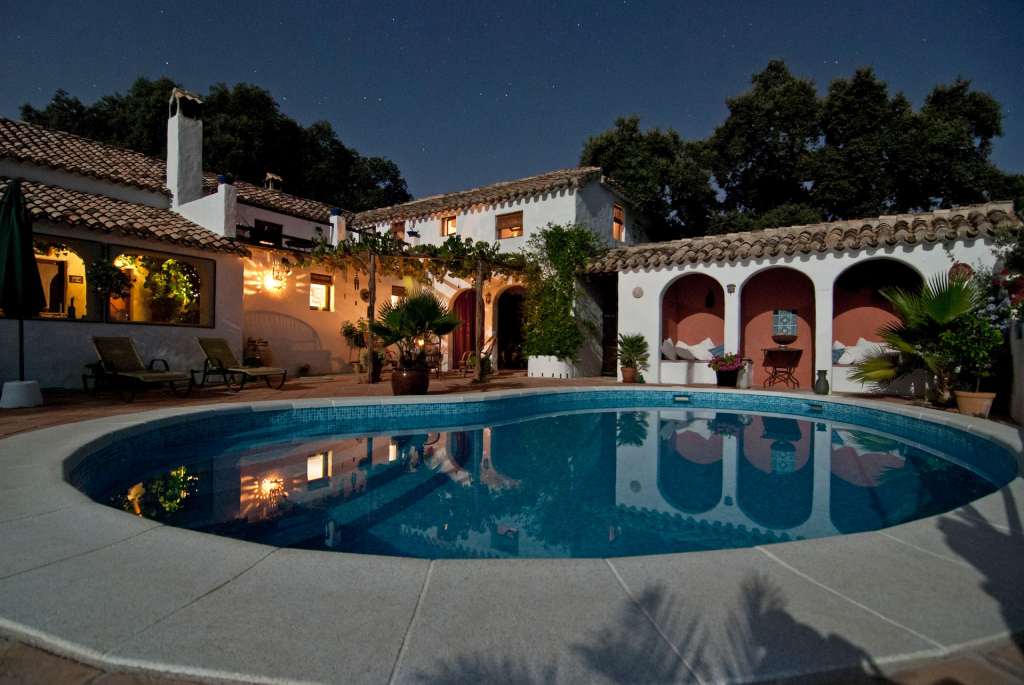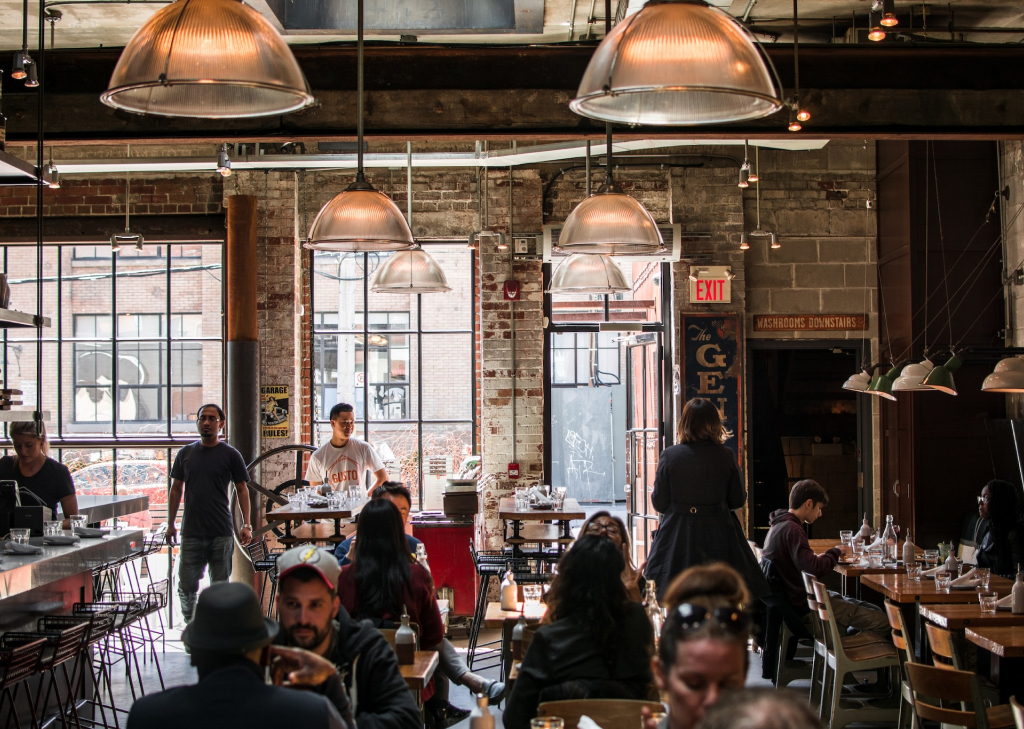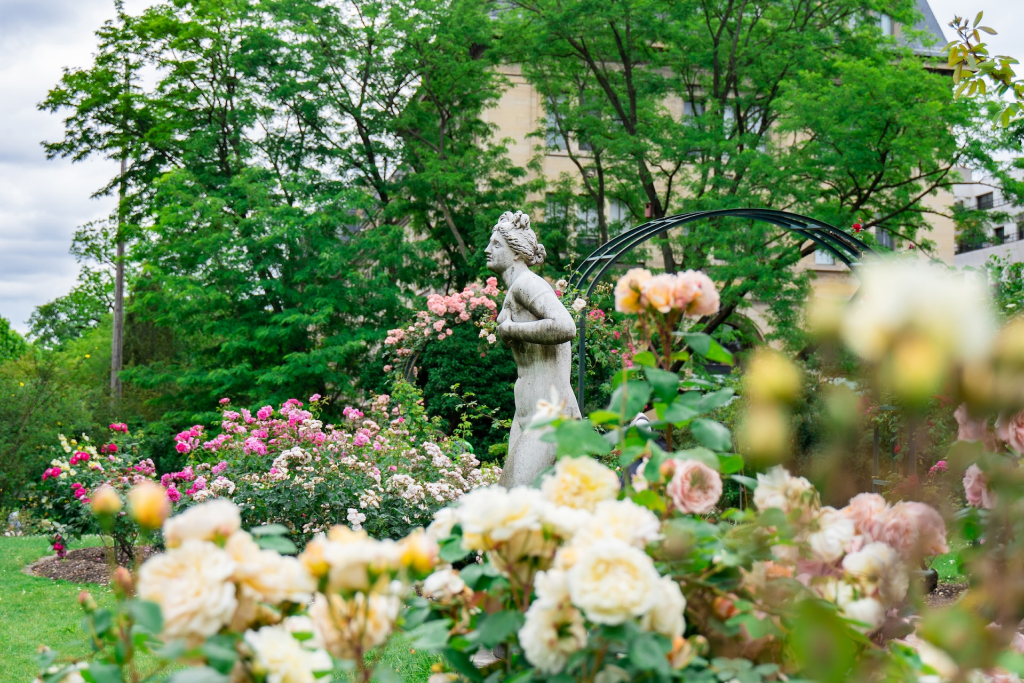Coral Gables, FL, is known for its ivy-covered mansions. The city is located just south of the well-known city of Miami. “The City of Beautiful” is also home to world-famous landmarks, such as the Biltmore Hotel and Venetian Pool.
As soon as you enter Coral Gables, you will be greeted with a Spanish and Italian feel, with Mediterranean Revival architecture complemented by charming plazas, parks, and fountains. It was designed by George Merrick in the 1920s.
If you are considering moving to Coral Gables, here’s your ultimate guide.

Why Choose Coral Gables?
If you love the opulent waterfront lifestyle, then Coral Gables will be an ideal home for you.
The city is one of the first planned communities in the state. It was developed with old-world elegance. Terracotta-tiled, Mediterranean-style homes and buildings line the streets. The neighborhood offers a life of everyday paradise for those looking to live in South Florida.
Coral Gables is also an ideal place to live if you need to reside near Miami’s beating heart. It offers convenient access to major highways like US-1, the Palmetto Expressway (SR 826), and the Dolphin Expressway (SR 836), making it easy for residents to get around South Florida.

Housing Options in Coral Gables
Many of the homes designed by George Merrick still stand tall today, retaining their original style.
These residences evoke Mediterranean revival architecture and Spanish Colonial designs with stucco walls, terracotta-tiled roofs, and lush landscaping that complement the tropical setting.
South of the Riviera Golf Course, the Italian Village features 17 homes designed to resemble Italian farmhouses with soft arches, walled courtyards, and exterior staircases.
In addition, a French Country Village offers chateau-style homes, a Dutch South African Village features Colonial Farmhouses, and a Chinese Village is home to pagoda-style roofs and brightly colored walls.

The Job Market
Another consideration for moving would be career opportunities, and one of the questions you might be asking at this point is, “What is Coral Gables like, in terms of job market?”
To answer this question, Coral Gables boasts a thriving downtown area that serves as a substantial employment hub for local and international businesses.
The major industries driving employment in Coral Gables are:
- Professional
- Scientific
- Technical Services
- Banking
- Finance
- Insurance
If you are seeking employment within these sectors, Coral Gables provides excellent prospects.

Education
Coral Gables is a part of the Miami-Dade County Public School District. This is the fourth largest school district in the nation, with 11 public schools catering to over 330,000 students.
The top-rated public schools in Coral Gables include George W. Carver Elementary School, George Washington Carver Middle School, and International Studies Preparatory Academy.
In addition to excellent public schools, Coral Gables is also home to several highly regarded private schools, including the Gulliver Academy, Riviera Schools, Saint Philip’s Episcopal School, Saint Theresa Catholic School, and Saint Thomas Episcopal Parish School.

Dining and Entertainment
Miracle Mile, Coral Gables’ central commercial district, is home to an assortment of South Florida’s legendary shops and restaurants. There are over 120 restaurants in the downtown area, from locally owned cafés to world-renowned fine dining.
A remarkable culinary scene awaits you when you move to one of the beautiful neighborhoods in Coral Gables. Some of the exceptional restaurants in the area include Graziano’s Restaurant, Hillstone, Bulla Gastrobar, Zucca, and MesaMar Seafood Table.
One of the annual events residents look forward to is Carnival on the Mile, held around the beginning of March every year. During this time, the Miracle Mile transforms into a giant party with pop-up shops and a festival celebrating local artists, music, and cuisine.

Parks and Recreation
George Merrick designed Coral Gables with nature intertwined with his master-planned city. Parks were developed near commercial centers, there were dedicated waterfront for beaches near luxury homes, and large swathes of land were allocated for golf courses.
The Merrick Park, located next to the Miracle Mile, is an oasis spanning over 30 acres. The park offers residents a great expanse with landscaped gardens displaying vibrant flowerbeds and providing plenty of shade.
Matheson Hammock Park, a waterfront park just minutes from Miracle Mile, offers a relaxing coastal escape. It is located on the shores of Biscayne Bay and features an artificial atoll pool filled and drained by the bay’s tidal flow and winding trails perfect for bird-watching.
The Fairchild Tropical Botanic Garden is an 80-acre garden that showcases rare and exotic plants from all over the world. There garden also features themed biomes, such as a rainforest area and a butterfly garden.
The Venetian Pool is one of the most iconic features of Coral Gables. Carved from a coral rock quarry, the pool showcases a traditional Venetian pool design, with cascading waterfalls, a bridge, and interesting caves to explore.
To appreciate Coral Gables’ art and culture, some of the destinations worthy of a visit include the Lowe Art Museum, Coral Gables Museum, and Merrick House.

Safety and Security
The safety and crime rate in a community is always a major consideration for homebuyers. This is especially true for those who have children or those considering starting a family.
With this in mind, it is good news to know that residents enjoy the tranquility and safety provided by Coral Gables, which has its own police and fire departments. The rate of violent crime in this small city is 74% lower than the national average.

Cost of Living
When relocating to a new location, the affordability of living in that particular area plays a significant role in determining one’s decision.
In general, the cost of living in Coral Gables is estimated to be 18.9% above the national average, making it one of the pricier cities in the country.
However, it is worth noting that Florida is a tax-friendly state. This means that residents are exempt from paying state taxes from their paychecks, giving them more disposable income for essential living expenses.
The table below should give you an idea how some of the basic expenses in Coral Gables costs relative to the national average:
| Item | Average Cost in Coral Gable | National Average |
|---|---|---|
| Milk (1/2 gallon) | $3.19 | $2.03 |
| Bread | $4.66 | $3.37 |
| Gas | $2.16 | $2.12 |
| Energy Bill | $151.49 | $165.76 |
| Doctor’s Visit | $110 | $115.79 |
Conclusion
There you have it, your ultimate guide to moving to Coral Gables. Indeed, living in this luxurious community is a dream, and I’d love to show you your best property options.
If you’d like to explore the beautiful homes and condos in Coral Gables, I’m just a call away. Feel free to give me a call at (786) 321-9115 or send me an email at beatriz@antilles-realty.com if you have any questions about this location or if you’d like to schedule an appointment.
Frequently Asked Questions
What is the best time to move to Coral Gables?
Spring is an ideal time for moving to Coral Gables. The temperatures are perfect—not too hot like summer. Humidity is also lower compared to the summer.
How can I meet people and make friends in Coral Gables?
Attending a talk is a great way to meet people who are interested in the same things you are. One of the venues for this is the flagship store of Miami’s premier independent bookstore, Books & Books, which happens to be in Coral Gables.
Is Coral Gables a family-friendly city?
Definitely! Coral Gables is served by one of the most reputable school districts in the country, has several parks and recreational areas, and provides a safe community for families.
